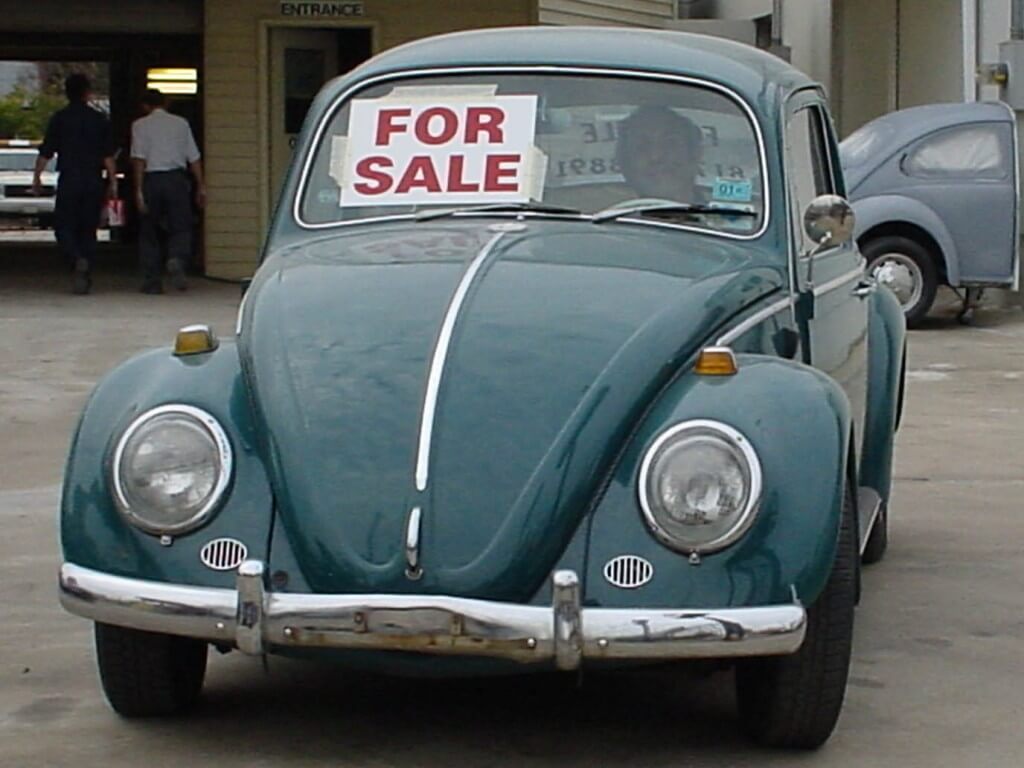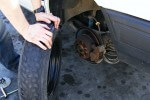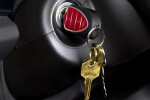Buying & Importing Cars · Car Care & Maintenance · Customized & Improvised · Featured Articles
How to Inspect a Used Car before Buying
You will have a lot of assurance when buying a brand new car, but it is a different thing altogether when you are purchasing a used car from BEFORWARD and elsewhere. Some used car buyers have made costly mistakes when selecting used cars. However, this does not mean that you cannot find a high quality used car, and they are so affordable anyway! You only require to do some research to know a few inspection skills to ensure you get good value for your money. Remember; the car has already been on the road. If you want it to serve you for a long time, you must choose right.

Buying a used car is tricky and calls for more than just common sense
Image source: slant.investorplace.com
What to look for in a used car
You can inspect the car on your own or hire a mechanic. Whichever path you choose to take, there are fundamental things you should look out for. Although different car models will demand a more specific assessment, a general used car inspection should encompass the following components:
Car body
Look for dents, rust and scratches on the body of the vehicle. Check also any signs for gaps between doors and fenders. Such misaligned panels may point out poor assembly in the manufacturing plant or repair. Ensure also that the finish or the color is the same throughout the body panel. Minor scratches may not be a concern but rusty surfaces should tell you to continue looking.
Glass
Identify any cracks or scratches on the glass parts of the car. If there are only minor chips, they should not prevent you from buying the used car. However, you can bring it up, when negotiating the price.
Tires
The wheels of a car can speak volumes about its condition. For instance, a used car, which registers about 20000 miles on the odometer, should still be having its original tires. If you find a vehicle, which feature a low mileage but with new wheels, it should tell you that the odometer is faulty. You should also inspect that all the tires on the car are the same.

Although the windshield of a used car for sale wont be this bad, it is best to look closely for small cracks.
Image source: http://en.wikipedia.org/wiki/Windshield
Suspension
Bounce the car up and down, to test its shock absorbers. It should bounce just once. In addition, lift up the front tire, to gauge the condition of the suspension or wheel bearings. If you here a ticking sound, the suspension could well have eaten into most of its life.
Lenses and lights
Ensure the lights are in perfect condition. Make sure that the reflectors are not fogged with moisture or cracked.
Pedals
When inspecting a used car’s interior, start with the pedals. Look at the rubber on the clutch, gas and brake pedals.
Seats
Inspect the seats to ensure the upholstery is not torn and is of good quality. Check the condition of the rear seats too for the good of your passengers.
Dashboard instruments and controls
Check all the warning lights, to see whether they are working properly. All the indicator lights should go on for some time after you start the engine.

Inspect the dashboard of your old car closely to ensure everything is in good working order
Image source: http://en.wikipedia.org/wiki/Dashboard
Check all the engine components
You will need a mechanic for this operation. They should inspect the belts and hoses, fluids, radiator and battery.
If you are considering buying a used car, you should inspect the above parts to ensure they are in great condition, to avoid getting a raw deal. You may conduct the inspection on your own or with a friend. You can also hire a mechanic; just to be sure you do not leave anything to chance.





